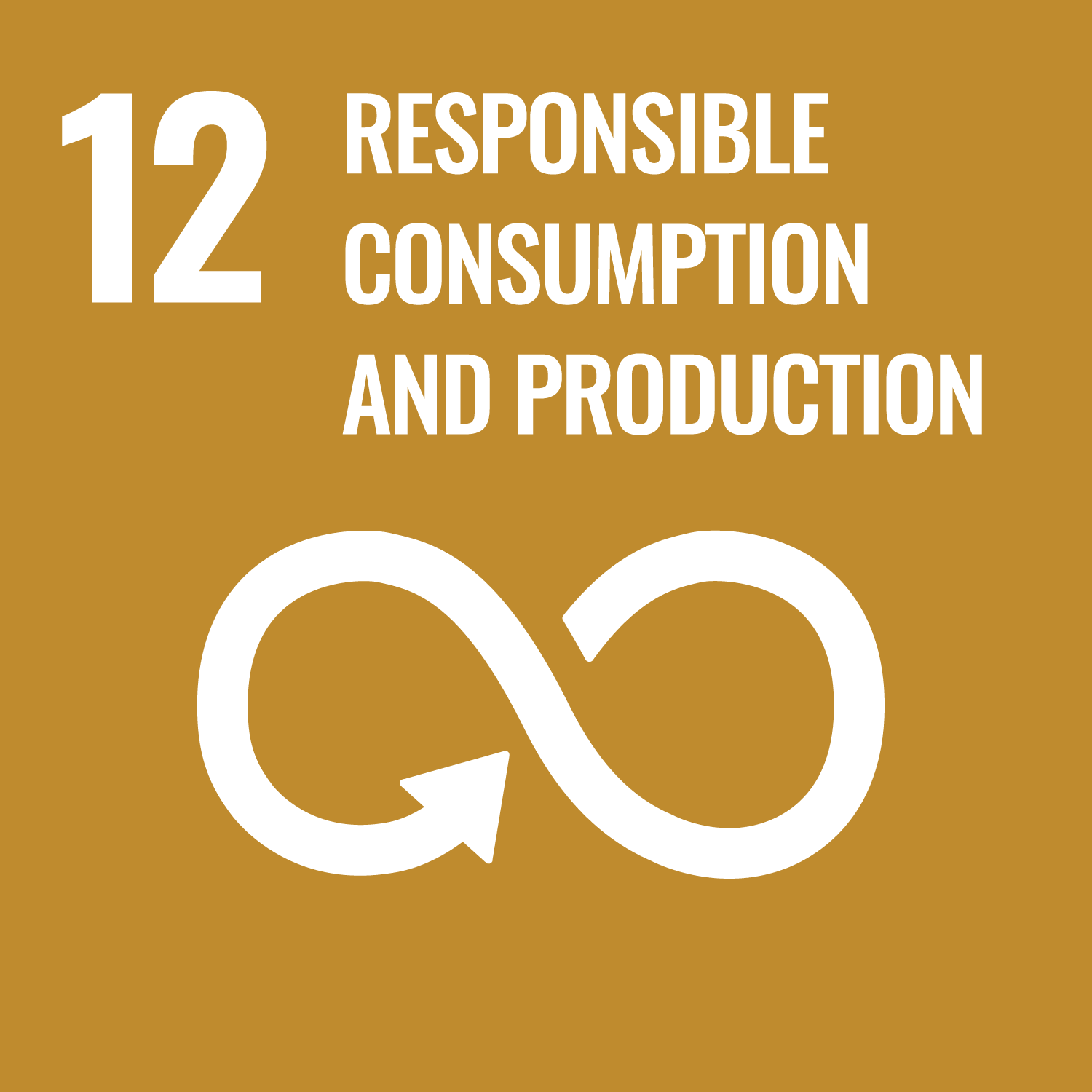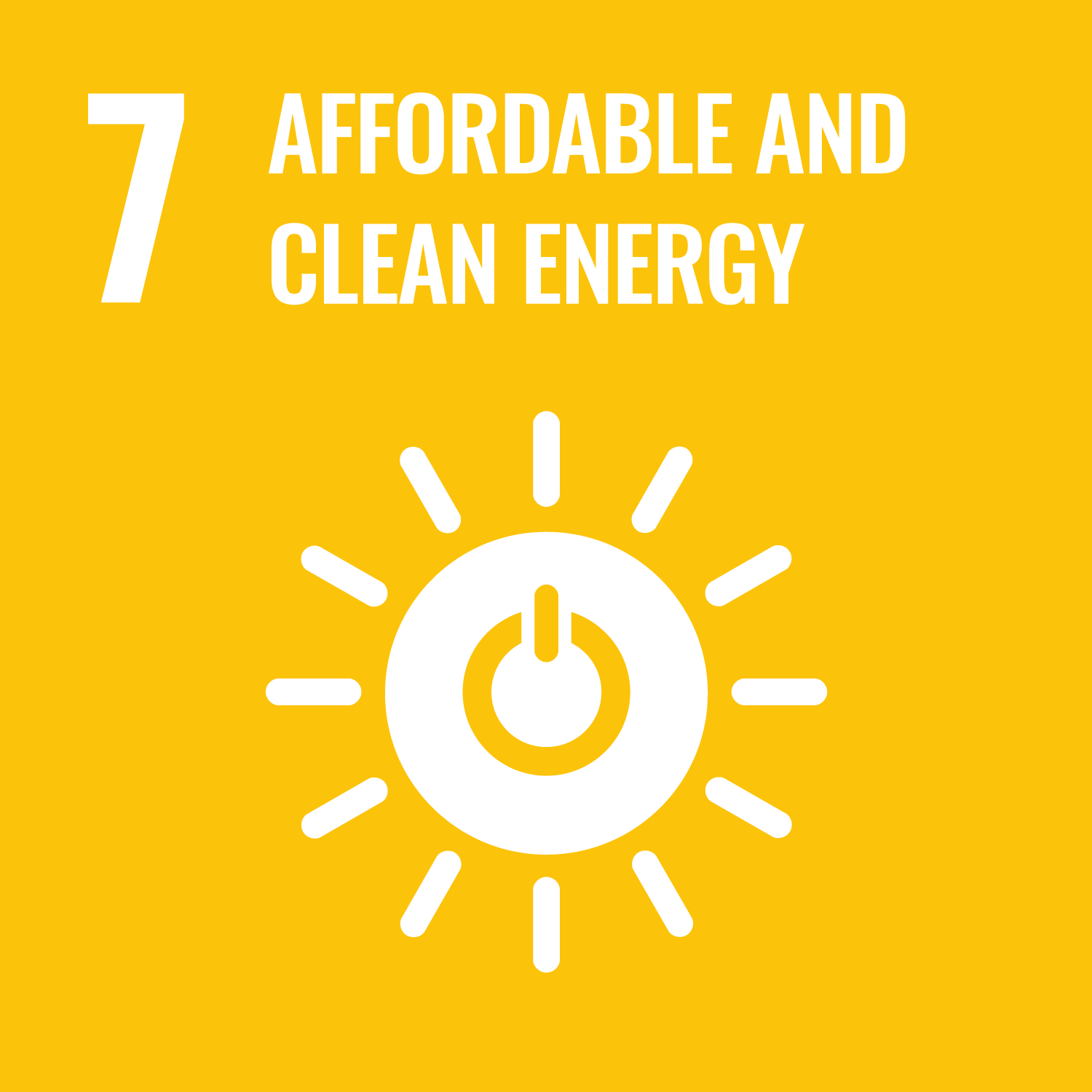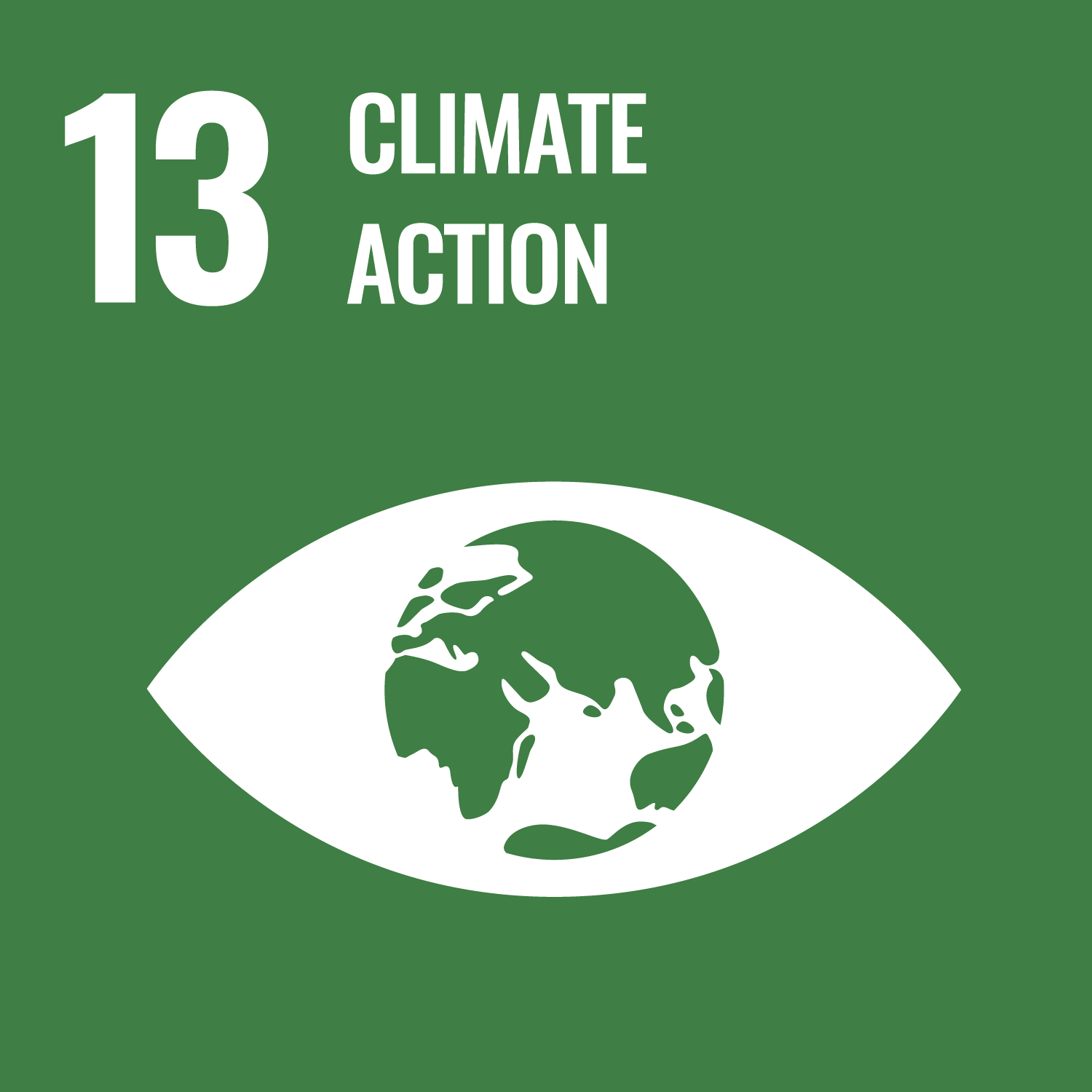Circular city
A circular city is one in which
- The local government, civil society, businesses, the research community and other local stakeholders collaborate to promote the transition from a linear to a circular economy. This means in practice:
- fostering business models and economic behavioural patterns that maintain the value and utility of products, components, materials and nutrients for as long as sensible, in order to
- close material loops and minimize as much as possible harmful resource use and waste generation locally, and thereby
- improve human well-being, minimize net environmental impacts, protect and enhance biodiversity, and promote social inclusion, both within the city and globally, in line with the sustainable development goals.

Closing material loops and reducing harmful resource use
Material / energy flow
22
Reduce harmful raw material consumption

A state in the local material economy of reduced material consumption (i.e. grouped into non-metallic minerals, metals, fossil energy carriers and biomass) by refusing product or material use (abandoning its function, making it redundant or deploying a radically different solution) through reducing overall consumption, consumption of raw materials, and consumption of overexploited or hazardous materials.


Re-use and recycling
24
Increase share of renewable and secondary raw materials in overall material demand

25
Increase self-sufficiency / self-reliance

Self-sufficiency will be increased by decreasing the imports of virgin raw materials, using locally available materials, such as reusing secondary raw materials that were locally produced and decreasing the export of waste materials, instead treating it locally. This will also bring about a state in the local material economy where retention of nutrients (e.g. phosphorus in wastewater) is captured and retained, bringing about an economic benefit, counteracting resource scarcity.


26
Increase quantity of materials available for the next cycle

The increase of material amounts for the next cycle of use by following the 2018 EU waste hierarchy with the preference starting from the top, namely through preserving materials and products (extending lifetimes), reusing products or materials (i.e. use of the same product and function by another user), repairing products (as to maintain its original function), repurposing products (using products or their components in a new product with different function), through refurbishing or remanufacturing, and recycling of products or materials (obtaining higher or lower grade recycled materials for the same function or for inferior products (backfilling)).


Waste generation / management
27
Reduce waste generation


